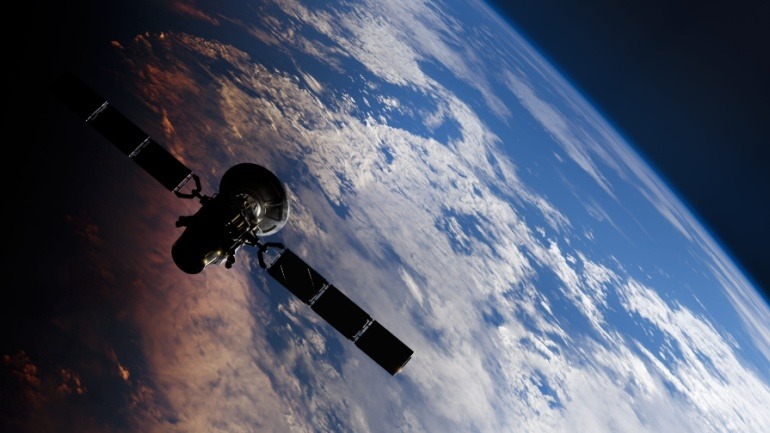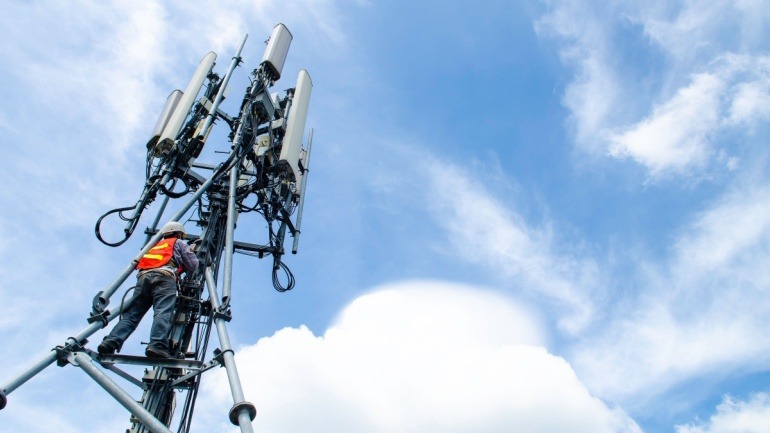Nokia’s strategic alliance with Andorix aims to revolutionize the private 5G landscape, integrating advanced communication solutions across commercial, retail, and residential properties. Emphasizing Nokia’s expertise in private wireless networks and Andorix’s smart building capabilities, this partnership promises enhanced connectivity.
Charter plans to acquire Cox for $34.5 billion, forming the largest cable and broadband provider in the United States. The merger aims to enhance innovation, improve customer service, and strengthen competition amid a shifting market. Leadership will combine executives from both companies, with operations based in Stamford, Connecticut.
The FCC has approved AT&T and AST SpaceMobile to test direct-to-cell satellite connectivity for FirstNet. This initiative aims to enhance public safety communications by extending reliable service to remote and disaster-affected areas through low Earth orbit satellites.
TXO has acquired the AirWay Group, strengthening its North American presence and expanding its sustainable telecom solutions. The deal enhances TXO’s network lifecycle capabilities and supports its mission to reduce waste, while bringing on board key leadership and over 250 global telecom clients.
Project Kuiper by Amazon is poised to revolutionize the broadband landscape with its Low Earth Orbit (LEO) satellite launch, directly challenging Starlink. With over 3,200 satellites and telecom partnerships, Kuiper promises high-speed, low-latency internet worldwide. This development is a significant contender in the growing LEO broadband market.
Comcast Business has made a strategic leap by acquiring Nitel, a leading Network-as-a-Service provider. This move strengthens Comcast’s position in enterprise networking and managed services, enhancing its capability to compete with industry titans like AT&T and Verizon.
Celona’s recent certification by AT&T for its neutral-host system enhances indoor CBRS coverage, paving the way for better cellular connectivity where it’s often lacking. This system is more cost-effective than traditional Distributed Antenna Systems, providing multi-operator support and improving coverage.
Telus, a leading telecom operator, is considering selling a minority stake in its wireless tower portfolio, aiming to strengthen its financial position. The potential divestment of up to 49.9% of its 3,000 towers could raise over CAD 1 billion, fueling debt reduction and aligning with broader industry trends of leveraging asset sales for growth.
AT&T is in talks to acquire Lumen Technologies’ consumer fiber segment, potentially expanding its customer base. This acquisition, valued at $5.5 billion, aims to add over 4 million new fiber connections, aligning perfectly with AT&T’s fiber expansion plans. If successful, this move will help AT&T reach its ambitious target of covering 50 million premises by 2029.
The E2A transpacific subsea cable promises to revolutionize telecommunications infrastructure, linking Japan and the USA by 2028. Connecting major regions like Taiwan, South Korea, and Japan to the US, this project is backed by telecom giants Chunghwa Telecom, SoftBank, SK Broadband, and Verizon.













